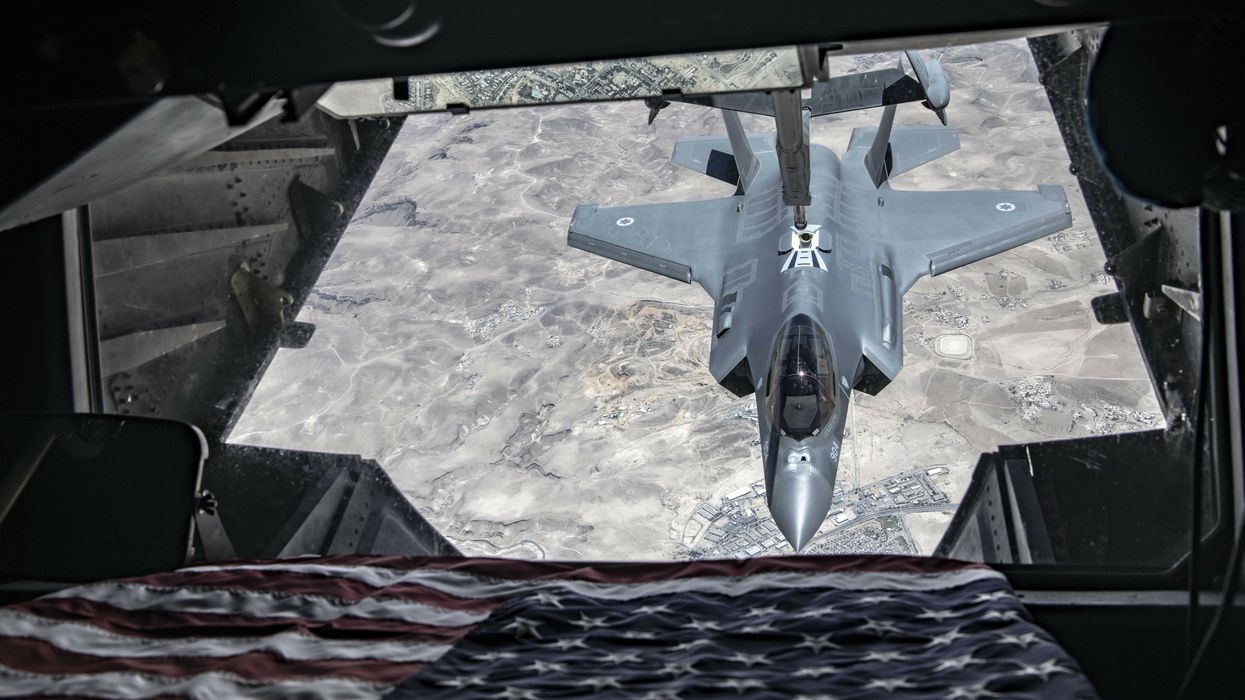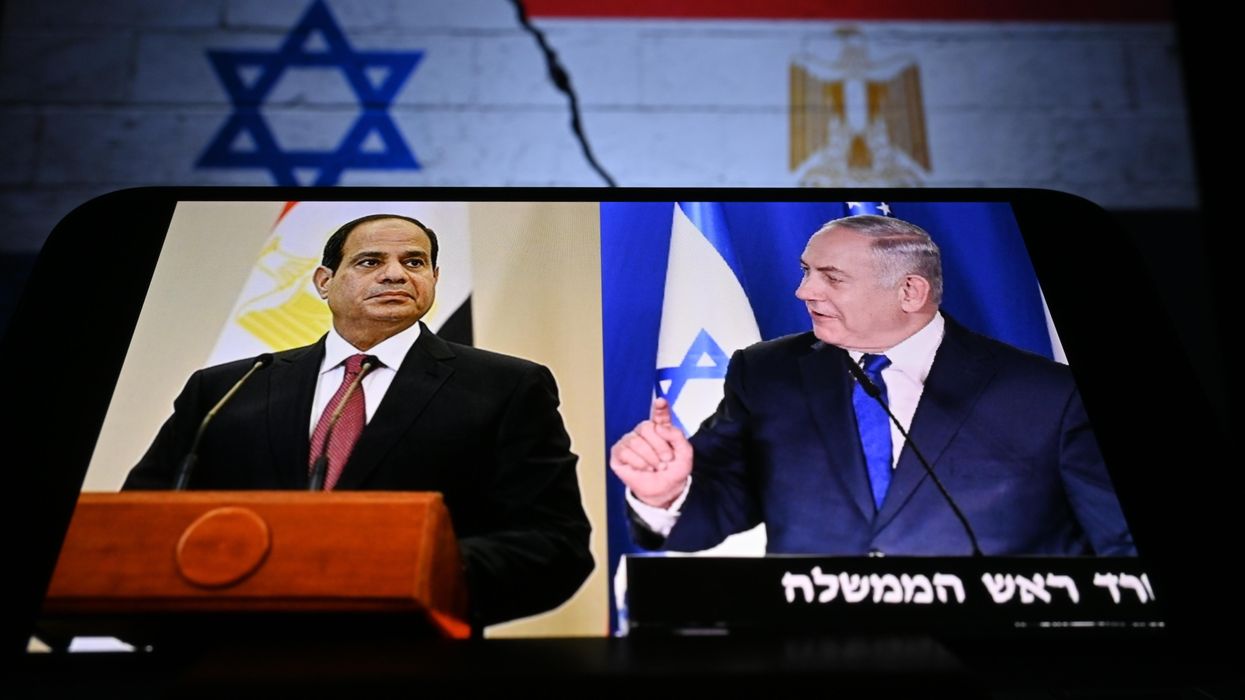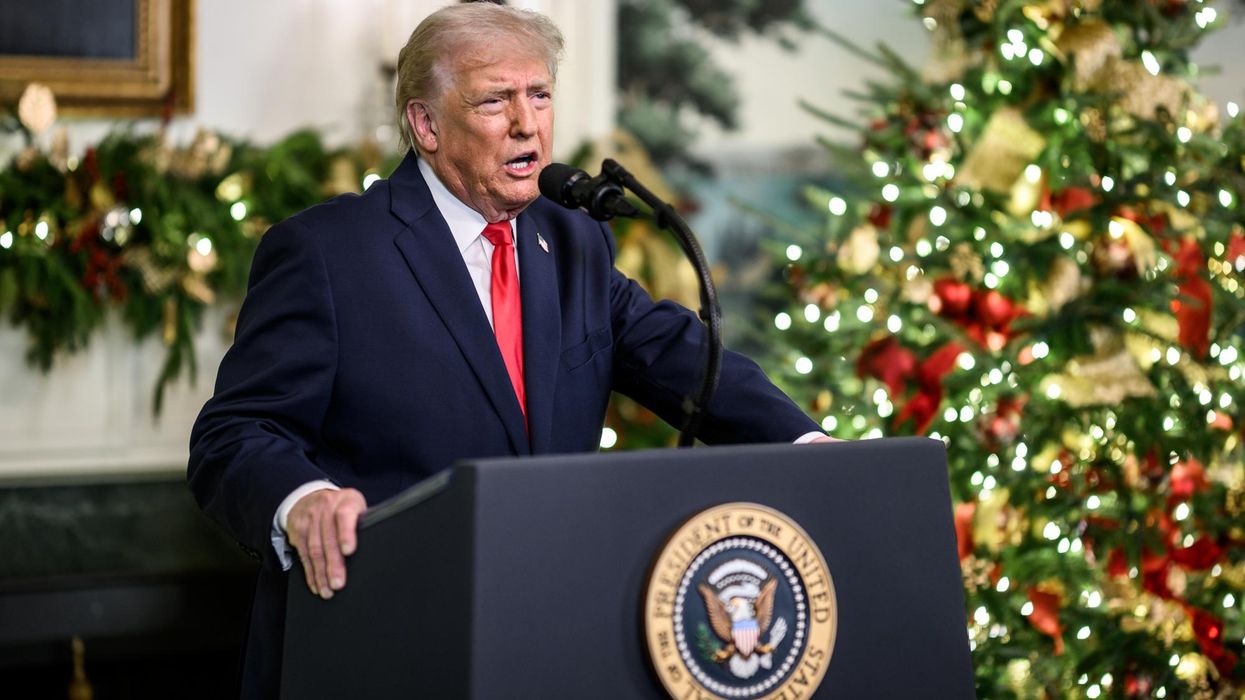Twenty years after the end of the Second Congo War (1998-2003), an endless conflict persists in the Democratic Republic of Congo’s eastern provinces. The country has been at war in one way or another for so long that the conflict has become entrenched and self-perpetuating, and there is an entire generation that has never known real peace.
Eastern Congo is a warning of what can happen when wars are allowed to drag on with no end in sight.
Jason Stearns has sought to identify the causes of the persistence of armed conflict in Congo in his new book The War That Doesn’t Say Its Name: The Unending Conflict in the Congo, and he makes a strong case that the conflict has become self-perpetuating because of the fragmentation of armed groups, the symbiosis between opposing armed groups, and the emergence of what he calls a “military bourgeoisie” that benefits from the continuation of conflict.
This military bourgeoisie is a relatively small group of thousands of men in various armed groups sharing an interest in perpetuating conflict for the sake of their own enrichment and status. Stearns writes, “They use violence in order to extract value, both from the state as well as from the population.” These men are not interested in seizing control of the state, but instead want “to carve out fiefdoms on the margins of the state.”
These actors are motivated both by material interests and worldviews that encourage them to keep reproducing the conflict. As Stearns suggests, this explanation for persistent conflict can be used to make sense of intractable wars elsewhere.
The conflict in eastern Congo is extremely complex with approximately 120 armed groups operating there. Stearns is more than qualified to guide readers through the tangle of competing groups and their sponsors. He has worked in the Democratic Republic of Congo for decades, he is the founder and director of the Congo Research Group, and he is the author of Dancing in the Glory of Monsters: the Collapse of the Congo and the Great War of Africa, his excellent account of the history of the two Congo wars in the late 1990s and early 2000s.
In the new book, he ably recounts the origins of those earlier wars and the reasons for renewed conflict following the end of the Second Congo War.
The current war receives little or no attention in the West, but occasionally there are attacks and atrocities that remind the rest of the world that the fighting there has never really stopped and seems unlikely to cease anytime soon. A recent terrorist attack on a church committed by the Allied Democratic Forces (ADF), a former Ugandan insurgent group that has since become associated with the Islamic State, is one example. While the ADF is just one of dozens of armed groups in eastern Congo, it has received more attention lately because the U.S. designated it as a foreign terrorist organization in 2021, and in connection with that the U.S. even sent some of its special forces to advise the Congolese military on fighting them.
The Mouvement du 23 Mars, or M23, a Rwandan-backed armed group, has received renewed international attention in recent months. As one example of the group’s brutality, M23 perpetrated a massacre of 130 civilians last November. Hundreds of thousands of people have also been displaced by the latest fighting, and they are among the millions that have been displaced as a result of the conflict.
Because of the escalation of the conflict in the last year, Rwanda’s role in stoking conflict in Congo is also once again coming under closer scrutiny, including from the United States. Increasing tensions between Rwanda and the DRC threaten to escalate the conflict still further. Just this week, Rwandan forces fired on a Congolese military jet that they claimed had violated their airspace, and the government in Kinshasa accused Rwanda of committing an act of war.
Stearns explains that the conflict in eastern Congo today is more threatening to the local civilian population in terms of displacement and death than the earlier wars were because of this fragmentation and the fact that all the armed groups have an incentive to keep the war going indefinitely. The civilian population is forced to endure attacks and extortion as these armed groups run their protection rackets. The weakness of the Congolese state and Kinshasa’s willingness to tolerate the persistence of conflict have combined with the ongoing interference of the Rwandan government to continue destabilizing eastern Congo year after year.
As a result, “war has become a social condition, an outcome that may not have been the intended objective of any of the protagonists but that has produced its own actors, cultures, and interests.”
Stearns’ book is an important investigation into what the interests of the different armed groups have been in order to make sense of why they continue to fight. As Stearns says, there is “no grand conspiracy but rather a multitude of actors stuck in a negative equilibrium,” motivated by what he calls “a curious symbiosis of armed actors.”
Stearns’ theory for the persistence of conflict in eastern Congo challenges some widely held assumptions about conflict and peacemaking writ large. One of the important points he makes is that the rapid liberalization of the Congolese economy in the wake of the peace agreement served to fuel inequality, corruption and conflict. Privatizing mineral and oil resources benefited a relative few, and that newly enriched elite was able to tighten their grip on power. The conventional assumption that economic liberalization fosters both peace and political reform has been tested and found sorely wanting in the DRC.
International actors have played a significant role in enabling the belligerents over the years. This is particularly true of the international response to the Rwandan government’s continued meddling in eastern Congo, which took the form of direct invasions in the two Congo wars and then backing for armed groups in the 2000s, 2010s, and today.
For a long time, the U.S. and other Western governments ignored or excused Rwandan intervention, and international support for Rwanda has continued despite the intensifying repression and authoritarianism of Rwandan President Paul Kagame and the Rwandan Patriotic Front (RPF). The Biden administration publicly acknowledged Rwanda’s role in backing M23 again when Secretary Blinken visited Rwanda in August, but it remains to be seen whether there will be any consequences for the Rwandan government for their continued support for the group.
In the past, the U.S. has tended to run interference for Kagame and to echo official Rwandan denials, so it would be a refreshing change if the administration broke with that pattern.
The endless war in Congo continues because the belligerents have strong incentives to keep it going. For the belligerents, conflict has become an end in itself.
















